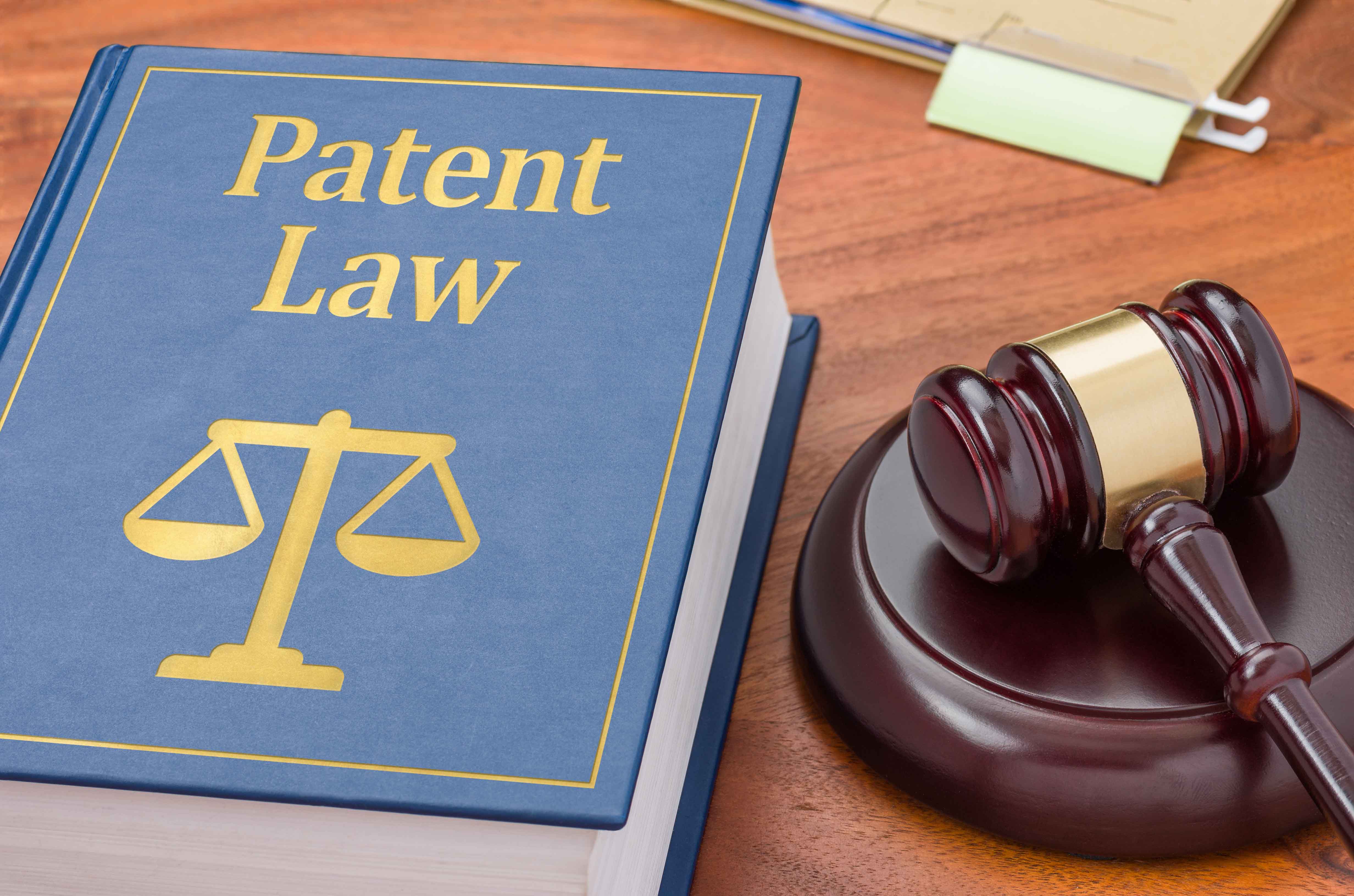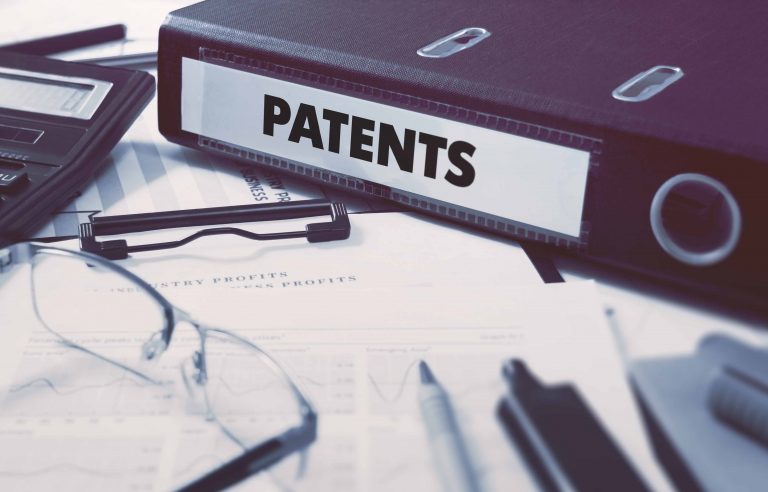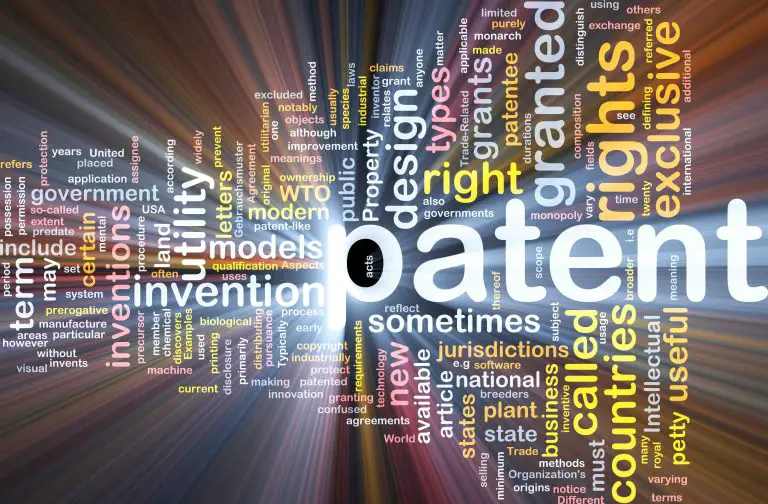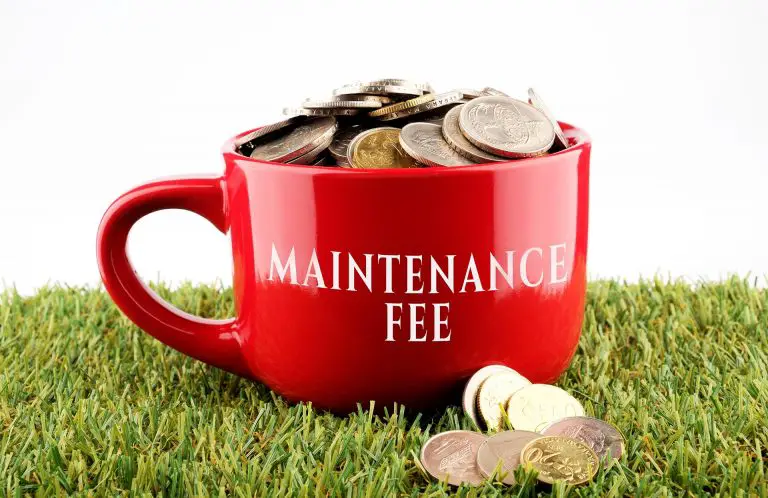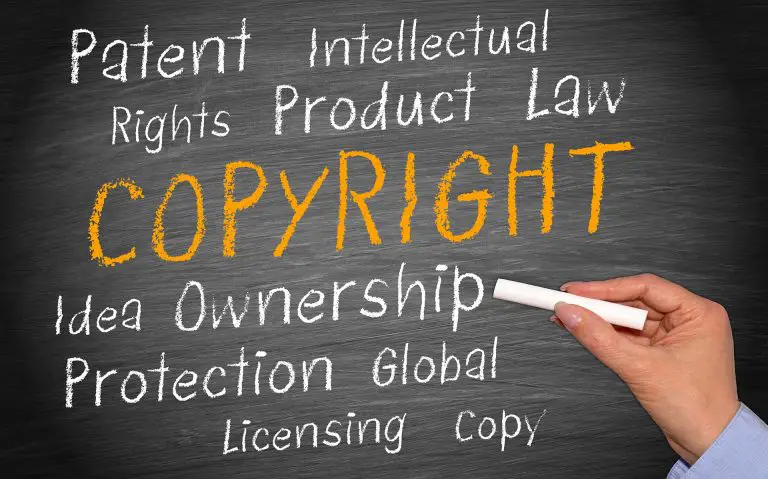Provisional Patent Cost (Everything You Need to Know)
If you want to protect your invention and attain patent pending status, a provisional patent is the way to go. The USPTO sets the costs for filing your provisional patent. The cost of a provisional patents depends on a few factors that we will discuss in detail below.
How Much Does a Provisional Patent Cost?
The cost of a provisional patent depends on whether your filing as a micro entity, small entity, or large entity. A provisional patent costs $70 for micro entities, $140 for small entities, and $280 for large entities. There are no additional fees for submitting a provisional patent application. We will now explain who qualifies as a micro-entity, small entity, and large entity.
Miro Entities are eligible for a 75% reduction on most USPTO fees. To better explain this, the current cost to file a provisional utility patent is $280 for large entities. For small entities there is a 50% reduction of fees, bringing the cost to $140. For Micro entities, there is a 75% reduction in fees, bring the cost to file a provisional utility patent down to $70.
The cost of filing a non-provisional (regular) patent application includes three components:
- Basic Filing Fee
- The Search Fee
- Examination Fee
For provisional patents, you will only have to only pay the filing fees because the USPTO will not examine your application, nor will it perform a patent search. This makes filing a provisional patent application a smart choice for inventors who do not have the funds to file a regular non-provisional patent application.
If you choose to file your provisional patent on your own, you will only need to pay the application filing fees. If you choose to have an attorney prepare your provisional patent, your attorney may charge you professional fees for preparing your application.
Micro Entity Provisional Patent Cost
If you qualify as a micro entity, you will only have to pay $70 to file your provisional patent application. If you meet the requirements, you will need to execute a declaration that you meet the requirements when you pay the fee.
To qualify as a micro entity, an applicant for a U.S provisional patent must meet the following requirements.
- The inventor or applicant must be:
- An individual, or
- Small Business (Business with 500 of fewer employees),or
- A university, or
- 501(c)(3) nonprofit organization
- An individual, or
- The inventor or applicant must not have been named on a total of more than 4 non-provisional (regular) patents, design patents, or plant patents
- The inventor or applicant must have had a gross income in the previous year of less than the media income reported by the Bureau of Census. The most recently publicly available gross income limit is $184,116
Small Entity Provisional Patent Cost
If you qualify as a small entity, you will only have to pay $140 to file your provisional patent application. You will need to prepare a declaration you meet the small entity requirements when you pay the fee.
For an inventor to qualify as a small entity, he must meet the following criteria:
- The applicant must be:
- An individual,
- A small business having no more than 500 employees,
- A university, or
- 501(c)(3) nonprofit organization
- An individual,
Large Entity Provisional Patent Cost
Large entities have to pay $280 to file their provisional patent application. Large entities are applicants with 500 or more employees. When counting employees for the purpose of determining the provisional patent fee, you must include any affiliates under the control of the applicant.
If you have mistakenly paid large entity fees for your provisional patent when you’re a small entity, you can file a request for a refund within three months of paying the fee. Just remember, you must request the refund within these three months and you cannot request a refund beyond the three month mark.
Provisional Patent Extra Pages Cost
If you have a very complicated invention that you’re seeking to patent, you may have to pay additional fees for each additional 50 sheets that exceed the 100 sheet limit. For micro-entities, each additional 50 sheets cost $100, for small entities, the cost is $200, and for large entities, the cost is $400.
Provisional Patent Lawyer Cost
If you’re having an attorney prepare and file your provisional patent, you should expect to pay $1,500 to $3,000 in lawyers’ fees depending on the complexity of your patent. Lawyer fees often include the cost of planning and preparing your provisional patent applicant, as well as the cost to perform a patent research and communicate their findings with you.
The more complex your patent, the more you should expect to pay. For example, the cost to have an attorney prepare a provisional software patent costs more than preparing a provisional patent application for a simple, straightforward invention. This is so because preparing a provisional software patent application requires much more research and drafting than other provisional patents.
Even for a provisional patent, although hiring an attorney may seem like an expensive option, not having an attorney help you out can end up costing you more money if you make a mistake. Hiring an attorney after making a mistake can cost you more money since the attorney will have to clean up the mess you’ve made.
Understanding Provisional Patent Cost
When applying for a provisional patent, you can either prepare and file the application yourself or you can hire an attorney to do the work for you. You may be tempted to pay the $70 and file your provisional patent on your own, but having an attorney help you complete the application and file it on your behalf may save you time and money down the road.
Attorneys will typically charge you for performing research and filling out your provisional patent application. Some attorneys will even charge you for communicating with you via phone or email. While hiring an attorney to prepare and file your provisional patent may be more expensive than doing it yourself, it’s the best way to ensure that everything is filled out properly to get you the strongest patent protection down the road.
Having an attorney prepare your nonprovisional patent application is much more expensive than a provisional patent. Attorneys typically charge $5,000 to $15,000, depending on the complexity of your invention. The more complex your invention or process, the more work your attorney will have to do, raising the cost of preparing your nonprovisional patent application.
The fees don’t end there after the patent office grants a patent, the patent holder is liable for paying maintenance fees at 3.5, 7.5, and 11.5 years of the patent term. The payments are $800, $1,800, and $3,700.
If the patent holder does not make these required payments, the patent will expire. The USPTO does offer a six month grace period, allowing payments to be made at 4, 8, and 12 years.
The provisional patent cost goes up as the invention becomes more complex. Provisional software patents often cost $15,000+, making them among the most expensive provisional patents to obtain.
Turning Your Provisional Patent into a Non-provisional Patent
If within the 12 months after filing your provisional patent application, you choose to pursue patenting your application, you must either:
- File a (regular) nonprovisional patent application with the patent office, claiming the benefit of an earlier-filed provisional application, or
- The inventor can file a petition with the patent office to convert his provisional patent into a nonprovisional application.
Doing either of these things will give you a nonprovisional patent application, but there is a major difference between choosing the first option versus the second option.
If you choose to file a full patent application that claims the provisional application’s filing date, your patent term will be measured from the filing date of the provisional patent application.
If you choose to convert your provisional patent into a nonprovisional patent application, your patent term will be measured from the filing date of of your nonprovisional application.
For a nonprovisional application to successfully claim a previously filed provisional application’s filing date, the description of the invention in both application must be similar. Said differently, the patent office must determine that the descriptions of both applications represent the same invention.
Having said that, you should thoroughly describe your invention in the provisional patent application. Including illustrations of your invention in your application will help add thoroughness to your application. The saying that “a picture is worth a thousand words” applies here. If you have excellent illustrations, they will be able to supplement the written description of your invention.
Provisional Patent Cost (Don’t Cut Corners)
If you’ve looked into patenting your invention you probably know that the process isn’t cheap. Provisional patents are inexpensive compared to non-provisional patents, so people often cut corners by preparing and filing the provisional patent application on their own. By doing so they make a few mistakes, here are some of the mistakes we see most often:
- Writing an inadequate description that doesn’t fully describe your invention
- Not including detailed drawings of your invention
- Not describing all of the variations of your invention
If you’re planning on getting a patent from the patent office, you’ll have to file a non-provisional patent application after your provisional patent. To have your invention protected from the date you filed your provisional patent, the descriptions between your provisional patent and your non-provisional patent have to describe the same invention. If the descriptions are not similar, you can lose the rights under your provisional patent.
Why Should You Apply for a Provisional Patent?
Many investors choose to file a provisional patent to protect the invention or process they have made while continuing to work on their invention. Provisional patents have much less formalities that applicants have to abide by when compared to nonprovisional applications.
Provisional patents allow you to work on your invention for 12 months without having to worry about your invention being stolen. Just remember that the 12 month clock beings ticking as soon as you file your provisional patent. You also have to file your nonprovisional patent application with the USPTO within those 12 months.
Just remember that while you may work on your invention to improve it, if your inventions changes too much from the description you made in your provisional patent, you may lose the ability to claim the filing date of the provisional patent. So, make sure your invention is well though out from the early stages and do as much research on it before filing for your provisional patent.
Preparing a Provisional Patent Application
Once you file your provisional patent with the USPTO, will immediately be able to include the words “patent pending” on your invention, its packaging, and any accompanying materials. Like any other filings made with the patent office, you do have the option to file your provisional patent on your own, but you will greatly benefit from the help of an experienced, registered patent attorney. A competent patent attorney will ensure that all of the technical rules are followed and everything is completed properly.
When preparing your provisional patent application, here are a couple of things to keep in mind:
- Description Requirements. Make sure that you perform enough research prior to filing your provisional patent so that you’re able to adequately describe your invention, it’s purpose, and how it can be operated.
- Broad Description. When preparing your description, keep it as broad as possible while still maintaining the accuracy of your description. Avoid confining your invention to overly specific details.
- Avoid Restrictive Language. Avoid using words, such as “necessary,” “must,” and “vital to” when describing your invention. These words will restrict the scope of your invention and your patent if the patent office grants it. This is not to say that you shouldn’t include as much details as possible, just don’t box yourself in a corner with limiting language.
Reasons Not to Pursue a Provisional Patent
If you have worked out all of the kinks from your invention and you’re ready for the real thing, you can skip the provisional patent application and file a regular, nonprovisional patent application.
Many inventors often opt to file a provisional patent application because it’s something they can do on their own, but it may not even be necessary. If you are worried about your competition stealing your idea and you have completed work on your invention, you can file a regular (nonprovisional) application from the beginning.
In fact, you can use the money that you saved on the preparation of a provisional patent to pay an attorney to research and complete your nonprovisional patent application.
Frequently Asked Questions (Provisional Patents)
1) Are there any additional provisional patent application costs?
For a provisional patent, you only need to pay the provisional patent application filing fee if you’re preparing the application on your own. If you need the assistance of an attorney, you will have to pay them for their time. Also, you should submit drawings of your invention with your provisional patent and these typically cost $50 to $100 per drawing.
2) Are provisional patent applications expensive?
Provisional patent applications cost $70 in filing fees, but this amount does not include any lawyer fees. If you hire an attorney, expect to pay between $1,500 and $3,000+ in fees. The more complex your invention, the more you will end up paying because the attorney will have to do more work, which means more billable hours for you.
3) What is the cheapest way to get a provisional patent?
The cheapest way to get a provisional patent is to prepare and file the application yourself with the USPTO. In this scenario, you will only need to pay the $70 filing fee.
4) What sources can I use to assist me with my provisional patent?
You can use sources like UpCounsel, they have attorneys who are ready to help you complete and file your provisional patent application. According to their website, attorneys typically charge $1,500 for this service. There are cheaper websites out there, but if you’re invention is important to you, it’s best that you find someone qualified to do the work for you.
Cost of Provisional Patent
This article covered the cost of provisional patents. We covered the costs of a provisional patent depending on size of your entity. For individuals, filing a provisional patent is significantly less than businesses with more than 500 employees. If you have any general questions or comments about how much provisional patents cost, please leave them in the comments section below.

